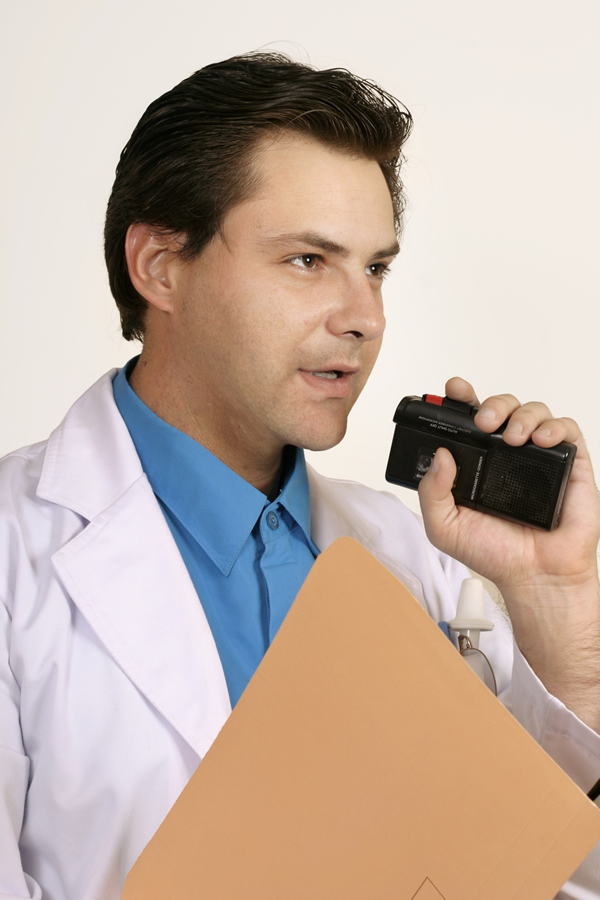Unless you as a lawyer or paralegal know a number of medical abbreviations, you are likely to miss an important point in the medical records.
Sooner or later, every trial lawyer finds he/she needs a concise medical abbreviations list in the heat of depositions and trials.
Example. We’ve seen some plaintiffs, while being cross-examined, mouse-trapped into testifying that they absolutely did not drink any alcohol before driving. Then the defense put into evidence the emergency room laboratory report that has the little abbreviation ETOH buried in among the white cell count and other “normal blood workup”. All because the plaintiffs’ lawyers had no idea what ETOH meant, so were not prepared, and had not prepared their clients!
ETOH is one of the “danger flag” abbreviations you should know.
- AMA against medical advice
- DNKA did not keep appointment
- ETOH ethyl alcohol [indicates liquor consumption]
- GSW gunshot wound
- NAD no acute distress
- OD overdose
- STD sexually transmitted disease
Another Example. Here are two “c” abbreviations that you will see often. “CC” means “chief complaint,” which is the medical examiner’s conclusion of the main reason the patient is seeking medical care. More exactly, “chief complaint” means the examiner’s opinion that out of the complaints (sometimes several) that a patient stated, this was the one the examiner stated as the chief reason for seeking medical care. In contrast, “C/O” means “complains of,” which is a statement of something (not necessarily the main item) the patient told the doctor. (“PCO” is a variation, meaning “patient complains of.”) Remember: CC is a statement of the doctor’s conclusion. C/O or PCO is a statement of what the patient said.
Our four page summary is designed for trial lawyers. It is concise and to the point during a deposition or trial.
The fact is, most attorneys do not look up the meaning of medical abbreviations they see in the medical records, even if they are not sure what the abbreviation means. They do not look up the meaning of the abbreviation used by the doctor or nurse for one simple reason:
Most attorneys do not have a quick list of the common medical abbreviations.
But that doesn’t have to be you!
You can now have a quick list designed for trial lawyers.
As the trial lawyer, you do not need to read every item of every page of the medical records. But there is a practical – imperative – need to read every page of every scrap of document that goes to the jury, which includes every medical record they see. You must read every page of every medical record the adverse attorney lists as a potential trial exhibit. (They are not listing potential exhibits for the fun of it; there is something in there that you need to be able to counter.) Likewise, you, personally, need to read every page of every medical record exhibit that you are going to put into evidence at the trial. You need to consider how jurors will react to every line of the exhibits.
The practical need to read the medical records is the reason you need a quick reference list of medical abbreviations.
You can buy Lawyers’ Medical Abbreviations Summary for just $5 and put it in your notebook minutes from now.


